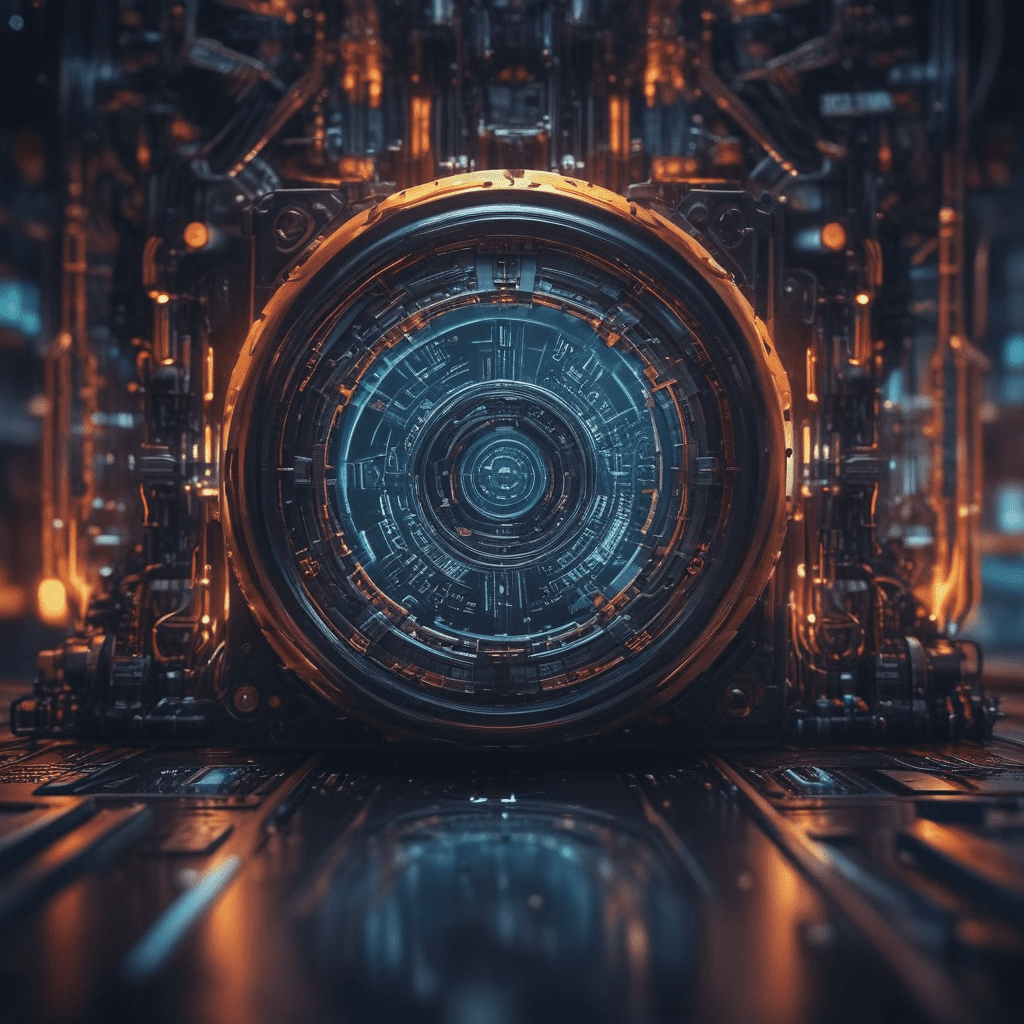3D Printing in the Automotive Industry: Innovations and Challenges
1. Introduction
3D printing, also known as additive manufacturing, has emerged as a transformative technology with profound implications across various industries. Its ability to create complex and customized objects on demand has revolutionized design, prototyping, and manufacturing processes. The automotive industry, with its constant pursuit of innovation and efficiency, has embraced 3D printing with remarkable enthusiasm. From rapid prototyping to on-demand manufacturing, 3D printing is reshaping the automotive landscape, bringing forth a wave of innovations and presenting unique challenges.
2. Innovations in 3D Printing for Automotive Applications
2.1. Rapid Prototyping and Design
3D printing has significantly accelerated the design and prototyping process within the automotive industry. It allows designers to rapidly create physical models of their concepts, enabling them to visualize and test their ideas in real-time. This iterative approach allows for faster design cycles, leading to quicker product development and shorter time-to-market. With the ability to quickly produce prototypes, automotive manufacturers can experiment with different designs and materials, optimizing their products for performance, aesthetics, and functionality.
2.2. Customization and Personalization
3D printing holds immense potential for customization and personalization within the automotive industry. It empowers manufacturers to create bespoke car parts and accessories tailored to individual customer preferences. This opens up exciting possibilities for personalized driving experiences, allowing customers to choose from a wider range of options, from custom-designed spoilers to personalized interior components. Moreover, on-demand printing of parts based on individual needs could revolutionize the aftermarket, providing a convenient and efficient way to replace or upgrade specific components.
2.3. Lightweighting and Performance Enhancement
3D printing offers significant advantages for lightweighting and performance enhancement in automobiles. By enabling the creation of intricate and lightweight structures, 3D printing allows manufacturers to reduce the overall weight of vehicles, leading to improved fuel efficiency and reduced emissions. This lightweighting also enhances performance by improving handling and acceleration. Additionally, 3D printing facilitates the production of complex geometries and intricate designs, unlocking new possibilities for aerodynamic optimization and weight distribution, further enhancing vehicle performance.
3. Challenges and Limitations of 3D Printing in Automotive
3.1. Material Development
While 3D printing offers numerous advantages for the automotive industry, material development remains a significant challenge. Current 3D printing materials often lack the strength, durability, and heat resistance required for critical automotive components. This limitation restricts the widespread adoption of 3D printing for high-performance applications. Further research and development of new materials are crucial to expand the range of applications and ensure the long-term viability of 3D printing in the automotive industry.
3.2. Scalability and Cost-Effectiveness
Scaling up 3D printing for mass production in the automotive industry presents significant challenges. The current production speed and cost of 3D printing are often not competitive with traditional manufacturing methods. To achieve wider adoption, the industry needs to focus on developing high-throughput 3D printing processes and reducing the overall cost per part. This requires advancements in printing technologies, material efficiency, and process optimization.
3.3. Quality Control and Certification
Implementing robust quality control measures for 3D printed parts is essential for ensuring safety and reliability in automotive applications. The complex nature of 3D printing processes requires stringent quality control procedures to guarantee consistent part properties and performance. Additionally, obtaining necessary certifications for 3D printed components can be a time-consuming and complex process. Establishing industry-wide standards and certification procedures for 3D printed parts is crucial for facilitating their widespread adoption in the automotive industry.
3.4. Intellectual Property and Design Protection
The ease of replication inherent in 3D printing raises concerns about intellectual property protection and design infringement within the automotive industry. The ability to easily copy designs and produce parts without authorization poses a significant challenge to manufacturers. To address these concerns, robust digital rights management systems and effective anti-counterfeiting measures are essential.
3.5. Workforce Training and Skills Gap
The adoption of 3D printing in the automotive industry necessitates a skilled workforce capable of operating and maintaining 3D printing equipment, developing printing processes, and designing parts for additive manufacturing. Addressing the skills gap through targeted training programs and educational initiatives is crucial for ensuring a smooth transition to 3D printing-based production.
4. Future of 3D Printing in the Automotive Industry
Despite the challenges, the future of 3D printing in the automotive industry is bright. As technology continues to advance and materials improve, 3D printing is poised to revolutionize the way cars are designed, manufactured, and customized. The potential for on-demand production, mass customization, and lightweighting solutions offers significant advantages for both manufacturers and consumers. With continued investment in research and development, 3D printing is expected to play an increasingly prominent role in shaping the future of the automotive industry.
5. Frequently Asked Questions (FAQs)
5.1. What are the most common applications of 3D printing in the automotive industry?
3D printing is currently used for a wide range of applications in the automotive industry, including:
- Rapid prototyping and design verification
- Production of low-volume, customized parts
- Lightweighting and performance enhancement
- On-demand manufacturing of replacement parts
- Creation of tooling and jigs
5.2. What are the benefits of using 3D printing in the automotive industry?
3D printing offers several benefits for the automotive industry, including:
- Reduced lead times for prototyping and design
- Increased design freedom and complexity
- Improved performance through lightweighting
- On-demand manufacturing and reduced inventory costs
- Enhanced customization and personalization
5.3. What are the challenges of using 3D printing in the automotive industry?
The main challenges of using 3D printing in the automotive industry include:
- Material limitations and development
- Scalability and cost-effectiveness
- Quality control and certification
- Intellectual property protection
- Workforce training and skills gap
5.4. What is the future of 3D printing in the automotive industry?
The future of 3D printing in the automotive industry is promising, with advancements in technology and materials expected to drive further adoption. 3D printing is poised to revolutionize the way cars are designed, manufactured, and customized, offering significant advantages for both manufacturers and consumers.
5.5. Where can I learn more about 3D printing in the automotive industry?
There are numerous resources available to learn more about 3D printing in the automotive industry, including:
- Industry publications and websites
- Trade shows and conferences
- Research papers and academic articles
- Online courses and webinars


